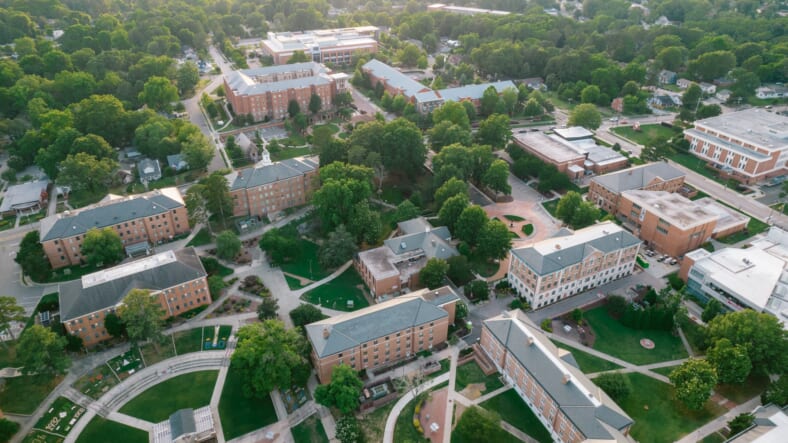It’s time to uplift Black cities by investing in HBCUs
By Andre M. Perry and Yonina Gray for TheGrio.com

OPINION: Approximately half of the more than 100 two- and four-year HBCUs reside in Black-majority cities. And many of these places have not received critical investments because of historic discrimination.
Evoking the contributions of graduates from Historically Black Colleges and Universities is customary during Black History Month. From political leaders like our nation’s first female vice president, Kamala Harris (Howard University), to luminaries like W.E.B. Dubois (Fisk) and artisans such as Spike Lee (Morehouse College) to social justice activists like Jesse Jackson (North Carolina A&T) and journalist like Oprah Winfrey (Tennessee State University), many of the country’s most significant contributions have come from graduates of HBCUs. Quantifying alums partially diminishes their impact, but putting their continued financial impact in perspective, HBCU graduates “generate $14.8 billion in economic impact annually; that’s equivalent to a ranking in the top 200 on the Fortune 500 list of America’s largest corporations, according to a 2017 UNCF report.
But let’s not forget, HBCUs, like all public and private postsecondary institutions, comprising two- and four-year colleges and universities, are “place-based assets,” the organizations, customs, buildings, and land that improve the lives of everyone who is proximate to them. The benefits of an HBCU extend well beyond academic training. These institutions are often the largest employer and a primary source of art, culture and sports in a region.